views
If you're a software developer, programmer, or coder, you've likely heard about GitHub. It's among the largest repository hosting services in the world, providing users with a free platform to store, share, and discuss their work.
This open-source cloud service also offers programmers, coders, and developers unique tool sets that help them enhance their codes and create what is essentially their programming portfolio.
These are just some of the reasons why people who work with code see GitHub as the go-to tool and platform for creating and publicizing their projects — whether it’s for building apps to web development. Read on to know more about the advantages of this cloud-based repository hosting service.
1. Has Markdown and Version Control Support
Markdown is a markup language that applies specific syntax to create formatted text from plain text. It’s mainly used for easier development of static sites without needing to learn all the Hypertext Markup Language (HTML) tags.
GitHub supports this system and revolutionized it to create GitHub Flavored Markdown (GFM) for better formatting of prose and code. With GFM, coders can also easily interact with other users using features like mentions, emojis, and issue references.
On the other hand, Version Control System (VCS) refers to the class of systems that manages and records changes to a file or set of files. This component makes it easier to track modifications and recall specific versions later.
GitHub primarily supports Git, a popular VCS that provides coders with a timeline of the changes and progress in their projects. This clear overview of the project’s history makes it easier for developers to understand it and start making their contributions.
2. Offers a User-friendly Interface and Tutorial Section
One of the reasons why GitHub is such a popular platform, especially for novice coders, is because of its simple interface and convenient tutorial. Its graphical user interface (GUI) is layered on top of Git.
As mentioned, Git is an open-source version control system that tracks the changes made in any set of computer files. It is also used to efficiently handle projects of different scales. Using this software can be intimidating for learning coders since it demands deeper technical knowledge and the use of command lines.
Fortunately, GitHub’s clean user interface makes it easy to perform Git actions and helps beginners learn the system better. It also offers a helpful tutorial that will help new coders understand the basics of GitHub like repositories, branches, commits, and pull requests.
3. Features Gists and Pages
Another great component of this hosting platform is gists and pages. These features allow for hassle-free sharing and hosting of codes. Gist is GitHub’s Pastebin-style application that takes advantage of Version Control to effortlessly convert multiple code files into a working Git repository.
Gist also offers a convenient way to share code snippets and since it’s a Git repository, other users can easily fork and clone it. This feature is set as public default for easy access, but coders can also set it to “secret” to make them undiscoverable just by a simple search.
On the other hand, pages allow developers to host static sites from a GitHub repository. It takes various programming languages such as HTML, CSS, and JavaScript files and gives coders the option to run them and publish a website.
With the page feature, users can easily launch a site about themselves, their organization, or their project without leaving the platform.
4. Provides Great Documentation
GitHub is chuck full of excellent and helpful documentation that makes it easy to learn and navigate the platform. It offers a section dedicated to providing articles and guides for nearly any topic related to Git.
This well-developed portion allows users to search and learn valuable Git information such as workflows, samples, advisories, and pull requests. It's also categorized into different headings (e.g. collaborative coding, client apps, project management, security, etc.) that enable coders to easily find the details they need.
Additionally, GitHub’s articles and guides provide video tutorials. These informative media help beginners gain a better understanding of the different processes on GitHub, especially if they are visual learners.
5. Allows for Seamless Collaboration
GitHub presents itself as one of the best ways to collaborate on development projects like creating games or building NFT communities.
Being an open-source platform allows coders to contribute to the project even if they are not in the same room. GitHub’s version control support then enables them to check each other’s work or recall them whenever needed.
The platform also has an Issues feature that allows coders to keep track of bugs, tasks, and other enhancements that they want to integrate into their codes.
Additionally, the system’s forking feature allows users to create a copy of a repository so they can work on it without affecting the main version. They can even request to merge the code file into the main repository using GitHub’s pull request function.
Conclusion
With the combination of convenient features and user-friendly learning tools, GitHub has established itself as a necessary platform in software development. It also developed an inclusive system that helps millions of coders innovate and shape the world of technology.











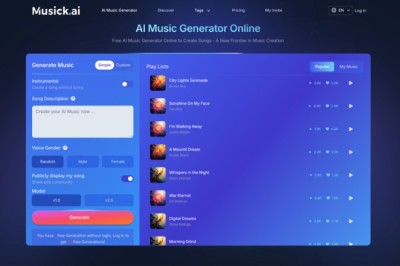

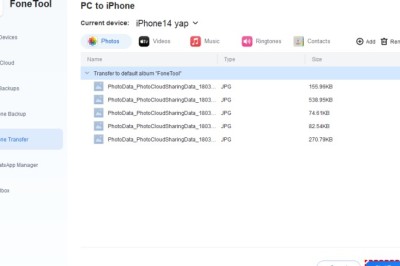


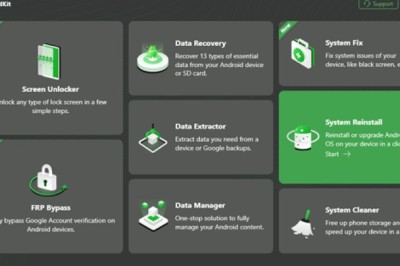
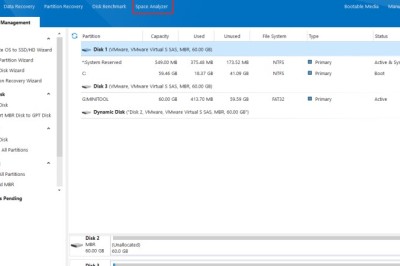
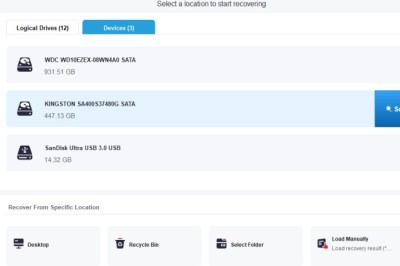

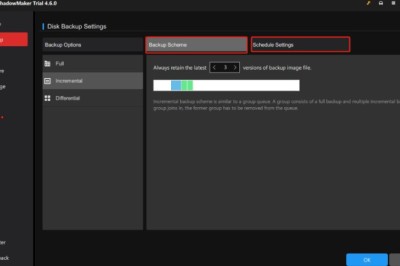
Comments
0 comment